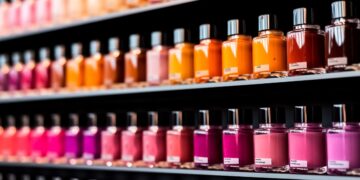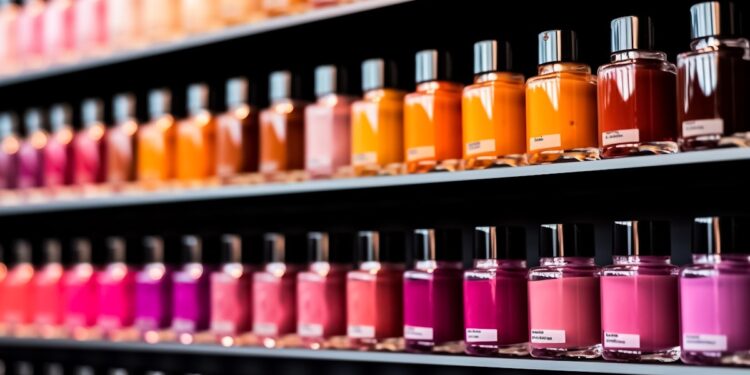Introduction to Misbranded and Adulterated Products
The U.S. Food and Drug Administration (FDA) has established stringent regulations governing the classification of cosmetic products as misbranded or adulterated. Understanding these regulations is crucial for manufacturers, retailers, and consumers to ensure the safety and compliance of cosmetic products, such as nail care items.
The Definition of Cosmetics
The Federal Food, Drug, and Cosmetic Act of 1938 defines cosmetics as products intended to be applied to the human body for cleansing, beautifying, promoting attractiveness, or altering appearance. It’s essential to note that cosmetics are not designed to alter the physiology of the human body, which is a distinction that separates them from drugs. Despite misconceptions, cosmetics have been subject to self-regulation under guidelines established by the 1938 act.
Misbranding Explained
A cosmetic is considered misbranded if its labeling is false or misleading. According to the FD&C Act, factors that can lead to misbranding include deceptive label statements, incomplete manufacturer details, and non-compliance in label readability. Additionally, if a product’s safety is unsubstantiated, it must bear a warning, or it will be deemed misbranded.
Adulteration and FDA Prohibited Ingredients
Adulteration refers to cosmetics containing unauthorized substances that can pose health risks. An example is methylene chloride, which is prohibited due to its carcinogenic properties in animals and potential harm to humans. Products containing such ingredients are considered adulterated and subject to FDA action.
Noncompliance in the Market
Despite regulations, some companies continue to market noncompliant products. The case studies of adulterated gel remover and odorless polish remover highlight this issue. Both products contained harmful, unapproved ingredients and were misleadingly labeled, thus falling under misbranding and adulteration.
Steps Beauty Professionals Can Take
Beauty professionals play a significant role in the compliance and safety of cosmetic products. By familiarizing themselves with the FD&C Act and MoCRA, they can better advocate for and ensure the use of compliant products. It involves scrutinizing product ingredient lists and choosing reputable brands.
























